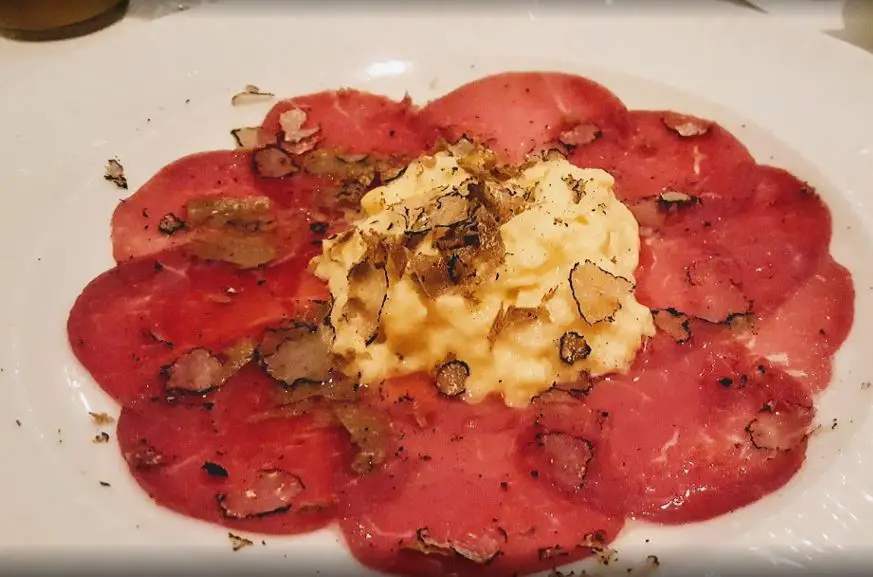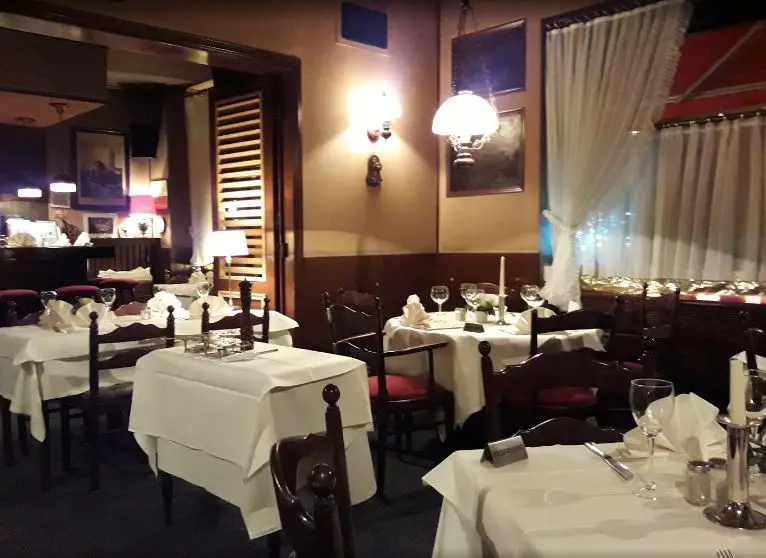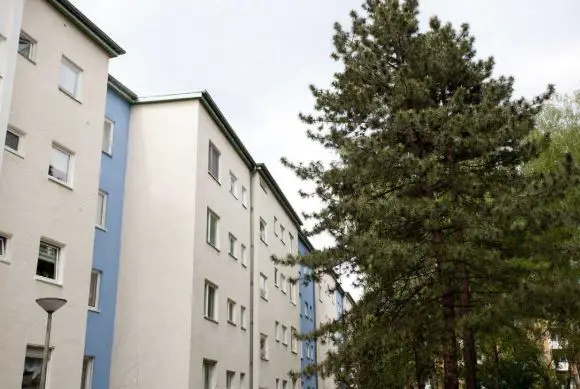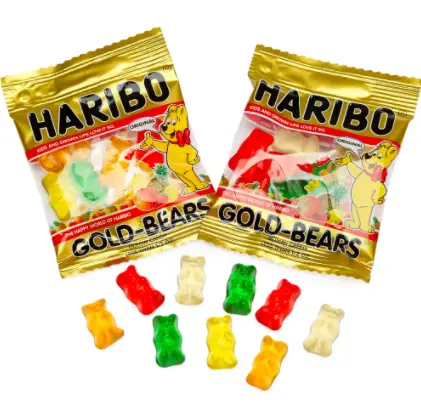How do I haggle in German flea markets and bazaars?
Post ByAdequate Travel
Summary
If you're looking for a bargain - or simply an enjoyable experience - then look no further than German flea markets and bazaars. In this blog, we'll take a look at how you can master the art of haggling like a local for the best possible prices.
The place is known for its rich history and culture, welcomes tourists with open arms. However, be sure to review the travel advisory and travel warnings to ensure a safe and enjoyable experience.
Haggling or bargaining in German flea markets and bazaars can be an enjoyable and culturally rich experience. Here is a detailed guide on how to haggle effectively:1. Observe and gather information: - Start by walking around the market and observing the prices of different items you are interested in. - Note down the average prices or mentally keep track of the range for each item. - Explore multiple vendors to get a better idea of the prevailing prices.2. Familiarize yourself with common German phrases: - "Wie viel kostet das?" (How much does that cost?) - This is a useful phrase to begin the negotiation. - "Ist das der beste Preis?" (Is this the best price?) - This phrase suggests that you're interested but looking for a better offer. - "Kannst du bitte den Preis senken?" (Can you please lower the price?) - Use this phrase to directly negotiate the price. - "Können wir uns auf einen niedrigeren Preis einigen?" (Can we agree on a lower price?) - More assertive, asking for a compromise. 3. Start with a friendly conversation: - Approach the vendor with a smile, greet them with a "Guten Tag" (Good day) or "Hallo" (Hello). - Engage in small talk and show genuine interest in their goods or ask about the item's history or origin. - Building rapport can lead to better deals as vendors may be more willing to negotiate with friendly customers.4. Make a reasonable offer: - Begin by politely asking for a lower price, for example, "Können Sie den Preis reduzieren?" (Can you reduce the price?) - Offer a price slightly below what you are willing to pay, typically around 20-30% lower than the original price. - Be respectful and keep in mind that vendors need to make a profit. Aim for a win-win situation where both parties feel satisfied.5. Negotiate and counteroffer: - The vendor might counter your offer, suggesting a slightly higher price. - If the initial counteroffer is still higher than your ideal price, make a new counteroffer, gradually moving closer to your target. - Stay confident but avoid being overly aggressive or insulting towards the vendor.6. Show hesitation: - If the price negotiation reaches a standstill, show hesitation or start walking away slowly. - Vendors may be more willing to reduce the price when they perceive the possibility of losing a sale. - This technique is effective when used sparingly and with cultural sensitivity.7. Close the deal: - Once you and the vendor reach a price that both parties are comfortable with, confirm the agreement. - Use phrases such as "Okay, ich nehme es" (Okay, I'll take it) or "Einverstanden" (Agreed) to finalize the deal. - Confirm the final price and ask for a receipt or a confirmation of the transaction if necessary.Examples:1. Initial haggling: You: Guten Tag! Wie viel kostet das Gemälde? Vendor: Es kostet 100 Euro. You: Ist das der beste Preis? Vendor: Ja, das ist mein letztes Angebot. 2. Counteroffer: You: Können Sie den Preis auf 80 Euro senken? Vendor: Ich kann es für 90 Euro geben. You: Können wir uns auf 85 Euro einigen?3. Using hesitation: You: Es tut mir leid, das ist höher als mein Budget. Ich denke, ich gehe weiter. Vendor: Warten Sie, ich kann es für 80 Euro geben.4. Close the deal: You: Einverstanden, ich nehme es für 80 Euro. Können Sie mir bitte eine Quittung geben?Remember, every negotiation can be unique, and the approach may vary based on the vendor and the item. Practice active listening, maintain a friendly demeanor, and embrace the cultural experience while haggling in German flea markets and bazaars.
Haggling or bargaining in German flea markets and bazaars can be an enjoyable and culturally rich experience. Here is a detailed guide on how to haggle effectively:1. Observe and gather information: - Start by walking around the market and observing the prices of different items you are interested in. - Note down the average prices or mentally keep track of the range for each item. - Explore multiple vendors to get a better idea of the prevailing prices.2. Familiarize yourself with common German phrases: - "Wie viel kostet das?" (How much does that cost?) - This is a useful phrase to begin the negotiation. - "Ist das der beste Preis?" (Is this the best price?) - This phrase suggests that you're interested but looking for a better offer. - "Kannst du bitte den Preis senken?" (Can you please lower the price?) - Use this phrase to directly negotiate the price. - "Können wir uns auf einen niedrigeren Preis einigen?" (Can we agree on a lower price?) - More assertive, asking for a compromise. 3. Start with a friendly conversation: - Approach the vendor with a smile, greet them with a "Guten Tag" (Good day) or "Hallo" (Hello). - Engage in small talk and show genuine interest in their goods or ask about the item's history or origin. - Building rapport can lead to better deals as vendors may be more willing to negotiate with friendly customers.4. Make a reasonable offer: - Begin by politely asking for a lower price, for example, "Können Sie den Preis reduzieren?" (Can you reduce the price?) - Offer a price slightly below what you are willing to pay, typically around 20-30% lower than the original price. - Be respectful and keep in mind that vendors need to make a profit. Aim for a win-win situation where both parties feel satisfied.5. Negotiate and counteroffer: - The vendor might counter your offer, suggesting a slightly higher price. - If the initial counteroffer is still higher than your ideal price, make a new counteroffer, gradually moving closer to your target. - Stay confident but avoid being overly aggressive or insulting towards the vendor.6. Show hesitation: - If the price negotiation reaches a standstill, show hesitation or start walking away slowly. - Vendors may be more willing to reduce the price when they perceive the possibility of losing a sale. - This technique is effective when used sparingly and with cultural sensitivity.7. Close the deal: - Once you and the vendor reach a price that both parties are comfortable with, confirm the agreement. - Use phrases such as "Okay, ich nehme es" (Okay, I'll take it) or "Einverstanden" (Agreed) to finalize the deal. - Confirm the final price and ask for a receipt or a confirmation of the transaction if necessary.Examples:1. Initial haggling: You: Guten Tag! Wie viel kostet das Gemälde? Vendor: Es kostet 100 Euro. You: Ist das der beste Preis? Vendor: Ja, das ist mein letztes Angebot. 2. Counteroffer: You: Können Sie den Preis auf 80 Euro senken? Vendor: Ich kann es für 90 Euro geben. You: Können wir uns auf 85 Euro einigen?3. Using hesitation: You: Es tut mir leid, das ist höher als mein Budget. Ich denke, ich gehe weiter. Vendor: Warten Sie, ich kann es für 80 Euro geben.4. Close the deal: You: Einverstanden, ich nehme es für 80 Euro. Können Sie mir bitte eine Quittung geben?Remember, every negotiation can be unique, and the approach may vary based on the vendor and the item. Practice active listening, maintain a friendly demeanor, and embrace the cultural experience while haggling in German flea markets and bazaars.
Suggested Questions
- Heppenheim Castle, Heppenheim: Horror Story, History & Paranomial Activities
- Hotel zum Ritter St. Georg, Heidelberg: Horror Story, History & Paranomial Activities
- Schloss Weesenstein, Müglitztal: Horror Story, History & Paranomial Activities
- Geisterberg Nürnberg, Nuremberg: Horror Story, History & Paranomial Activities
- Heidelberg Castle, Heidelberg: Horror Story, History & Paranomial Activities
- Schloss Herberstein, Feldbach (near the German-Austrian border): Horror Story, History & Paranomial Activities











